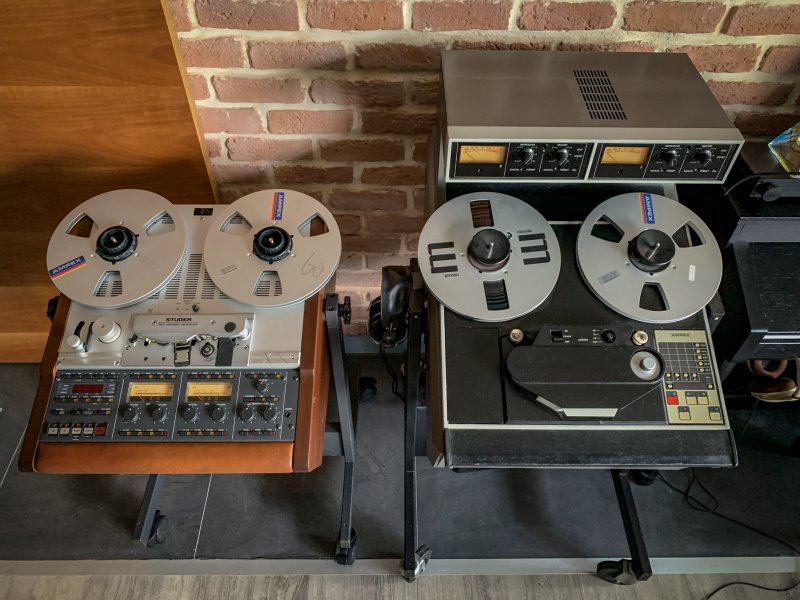Larry , et al - I want to make sure people know that
Dan Labrie, the former
Lead Technician at ATR Service Corp, is now operating independently out of Philadelphia, PA as
Myriad Magnetic and is rebuilding ATRs as he did when working for Bette during the previous decade. He has not stopped this work since leaving the company last year.
Dan has stock of ATR-100s available for refurbishment, configurable to your needs, and works directly with Flux Magnetics for new heads. He can be reached through his website at
Myriad Magnetic, directly at
dan@myriadmagnetic.com, or via Instagram
@myriadmagnetic for pricing and lead time information. While Dan now also works on other pro tape machines, his core focus of work remains the repair and refurbishment of ATR-100s.


